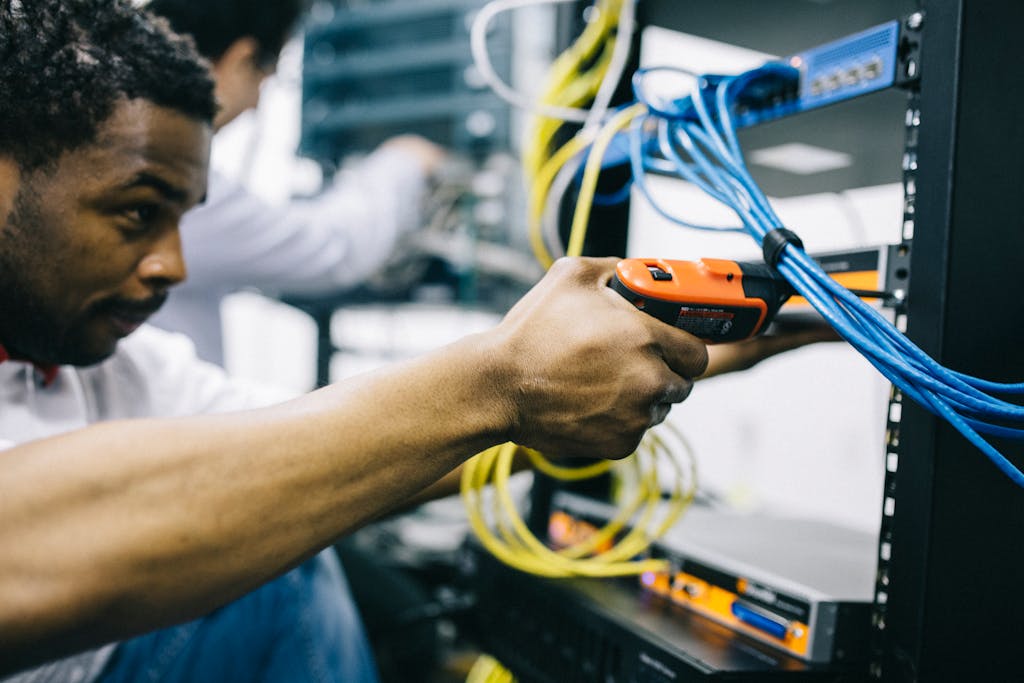A sluggish internet connection can disrupt work, school, and entertainment. Fortunately, most slow internet issues can be resolved with simple troubleshooting steps. Identifying the root cause is the first step toward restoring your connection to optimal speeds.
Check Your Internet Plan
Sometimes, slow speeds are a result of your internet plan not meeting your household’s needs. If multiple users are streaming, gaming, or working online simultaneously, your current plan may lack sufficient bandwidth. Contact your provider to confirm your plan’s speed and consider upgrading if necessary.
Test Your Internet Speed
Run an online speed test to measure your connection’s performance. This will help you determine whether the issue lies with your internet service provider (ISP) or your home network. If the speed is significantly lower than what you’re paying for, contact your ISP to address the problem.
Optimize Your Wi-Fi Signal
Poor Wi-Fi coverage can cause slow speeds, especially in larger homes. Position your router in a central location, away from walls and electronic devices that may interfere with the signal. If coverage is still an issue, consider investing in a Wi-Fi extender or mesh network system.
Restart Your Devices
Rebooting your modem, router, and connected devices can resolve many connectivity problems. Power cycling clears temporary glitches and refreshes your network connection.
Monitor Network Usage
Heavy network usage can slow your internet speeds. Check for devices or applications that may be consuming excessive bandwidth, such as large downloads or streaming in 4K. Pause or limit these activities to improve overall performance.
Slow internet speeds at home are often caused by minor issues that can be resolved with a bit of troubleshooting. By optimizing your setup and monitoring usage, you can enjoy a faster and more reliable connection.

